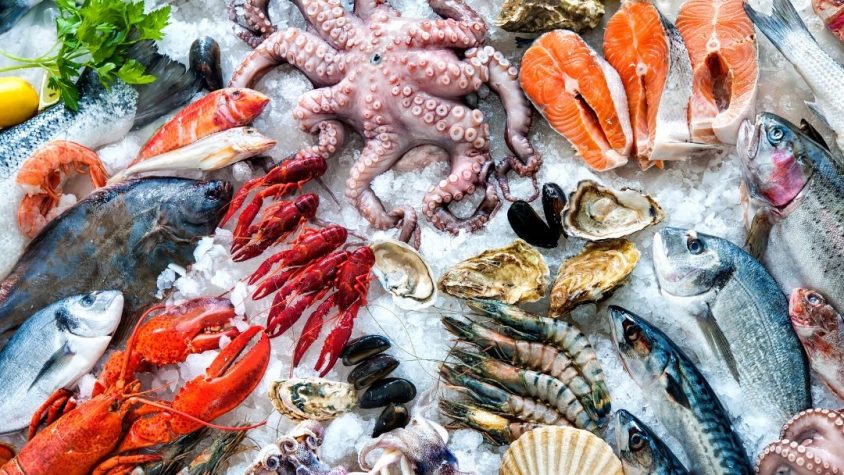A Quick Guide for Your Healthy Seafood Choices When it comes to eating any sort of seafood the most important thing is having a source for healthy, fatty acids like Omega-3. Omega-3 is known as a polyunsaturated fat which helps cells communicate with each other. This fat can be found in cell membran...
A Quick Guide for Your Healthy Seafood Choices
When it comes to eating any sort of seafood the most important thing is having a source for healthy, fatty acids like Omega-3. Omega-3 is known as a polyunsaturated fat which helps cells communicate with each other. This fat can be found in cell membranes and have even been linked to lowering the risk of many conditions. Julia Zumpano, R.D., who is a dietitian at the Miller Family Heart and Vascular Institute in Cleveland explained that “Omega-3s have been shown to reduce blood clots because they prevent blood platelets from getting sticky.” Reducing that risk is crucial for healthy aging. The fatty acids can also help prevent muscle and bone loss.
The American Heart Association recommends eating fish at least twice a week as they are lean and a great source of protein. One concern about constant fish consumption is the increase of mercury intake. High levels of mercury can cause neurological problems and result in memory loss, weakness, numbness and tremors. Due to pollution, mercury is in the oceans and rivers and it starts to accumulate in the flesh of large, long lived fish. Luckily there are many fish with low levels of mercury and high in omega-3s. So here is a quick guide on what seafood choices have the highest levels in omega-3, some that have lower levels but are still healthy for you and ones you should stay away from.
Fish High in Omega-3s Fish Lower in Omega-3s
● Alaskan Salmon (Wild Caught) ● Canned Light Tuna
● Anchovies ● Catfish
● Atlantic Mackerel ● Crab
● Herring ● Haddock
● Oysters ● Lobster
● Sardines ● Tilapia
● Trout ● Scallops
● Shrimp
● Squid (Wild)
High in Mercury
● Bigeye Tuna
● Marlin
● Orange Roughy
● King Mackerel

